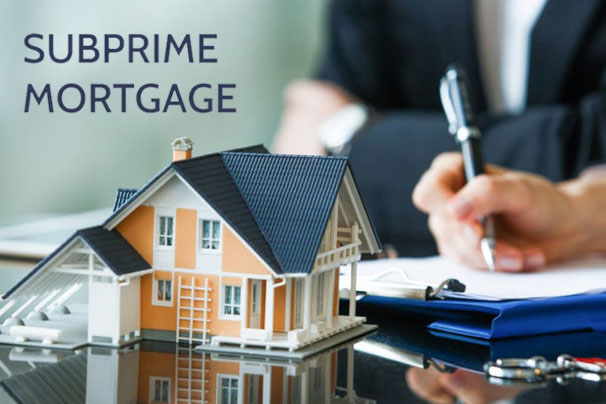What is a subprime mortgage, and how does it work? If you have heard of Subprime Mortgage and don’t exactly know what it is all about, you can read through today’s write-up for a detailed review of it. You will agree with me that, when you apply for a mortgage, online lenders and financial institutions (banks) go through your credit and financial history to determine if you qualify for the loan.
Depending on the total review, you might be eligible for a subprime mortgage instead of a conventional loan. Note that conventional loans are loans not guaranteed by the government but are available and guaranteed through the private sector. On the other hand, subprime mortgages refer to loans granted to individuals with poor or bad credit scores.

According to FICO, any credit score between the ranges of 300 and 579 is considered poor. On the other hand, a credit score between the ranges of 580 and 660 is considered good. Generally, lenders prefer borrowers with a higher credit score. However, with a subprime mortgage, you can apply for loans and get approved even with a bad credit score. Also, it is known as a non-prime mortgage.
The main issue with subprime mortgages is that they come with a lot of risk. This is because of the potential for default from borrowers. They present a higher risk for lenders, which is why they are usually charged with higher interest. These high-interest rates are determined by factors like down payment, credit score, late payment, and minor crimes on a borrower’s credit report.
How Does It Work?
A subprime mortgage is a loan granted to individuals with bad credit scores and bad financial reports. Unlike prime borrowers, who have good credit and strong financial records, lenders are more likely to offer them loans with lower interest rates.
Based on research, the term subprime is based on the borrower and his or her financial situation rather than the loan itself. It is regulated by the Consumer Financial Protection Bureau (CFPB).
The key rule of the CFPB is that any borrower who obtains a non-prime mortgage must undergo homebuyer counseling through a representative approved by the U.S. Department of Housing and Urban Development.
Also, other restrictions were placed on the new subprime mortgages, which limit interest rate increases and other terms of the loan. In addition, all loans must be properly underwritten, and as earlier mentioned, they all come with a high-interest rate and may require down payments.
Types of Subprime Mortgage
Meanwhile, there are several types of Subprime Mortgage. In this part of the article; we will be looking at some of the types. Check out the outline below;
Fixed Rate Mortgage:
This is a type of subprime mortgage in which the interest rate is set for a particular duration and the payments are the same amount every month. However, the interest rate available for this type of mortgage varies from lender to lender. You can use a mortgage calculator to find the best interest rate.
Adjustable Rate Mortgage:
This mortgage starts out with a fixed interest rate and later switches to a floating rate. For instance, a borrower might get a 3/27 ARM for a fixed interest rate for the first three years. Then, it is readjusted once a year for the remaining 27 years. Lenders usually cap how much the rate can increase for this type of subprime mortgage.
Interest–Only Mortgage:
With this type of subprime mortgage loan, the borrower pays only interest during the first few years to ten years. After which, payment will go towards paying down principal and interest for the rest of the term.
Dignity Mortgage:
This type of loan is when a borrower makes a down payment of about 10% and agrees to pay a higher rate of interest for a set period, usually five years. If payment is made on time by the borrower, the rate is lowered to the prime rate or rate that most large banks charge most creditworthy borrowers.
Is Subprime Mortgage Right for Me?
Getting a subprime mortgage loan is an option for every person with a poor credit score. However, there are other options, such as FHA, VA, and USDA loans. As you know, subprime mortgages come with a lot of risk, and selecting them totally depends on you. It is worth noting that no prime home loans are just for borrowers with poor credit scores.
Most properties that don’t qualify for conventional loans, such as log homes and condos, For a subprime mortgage loan, you can research online for lenders or lending services that offer this type of loan. In conclusion, selecting this type of mortgage depends on you and can either be a good or bad option.
